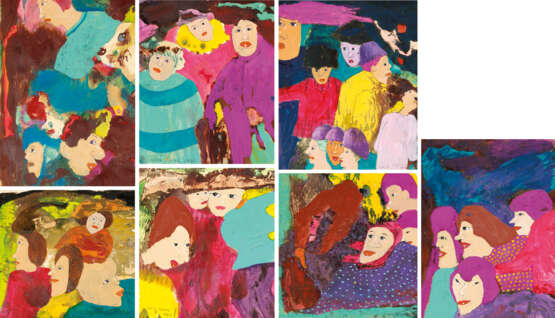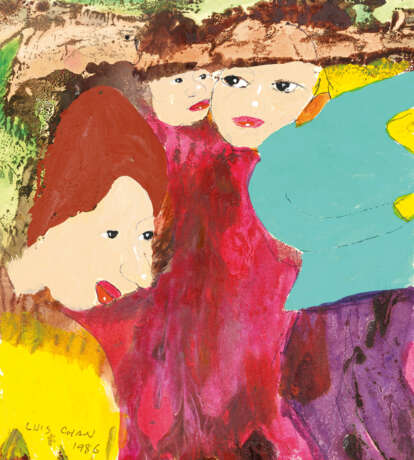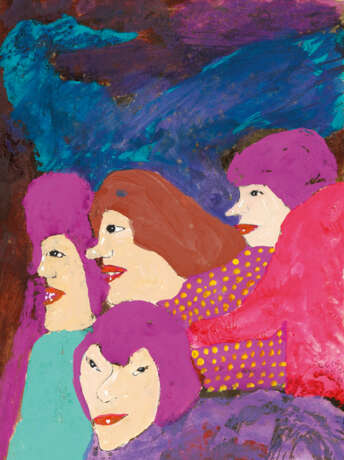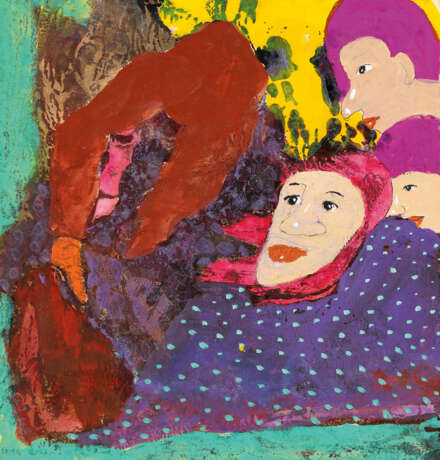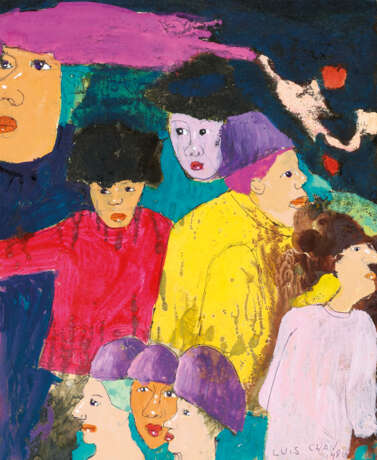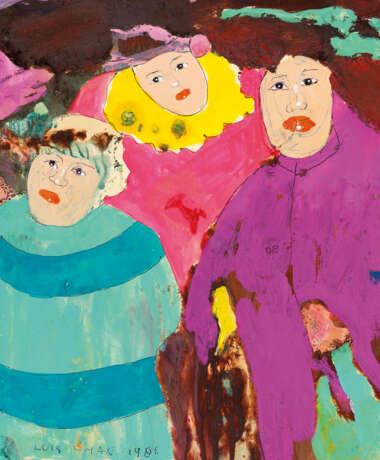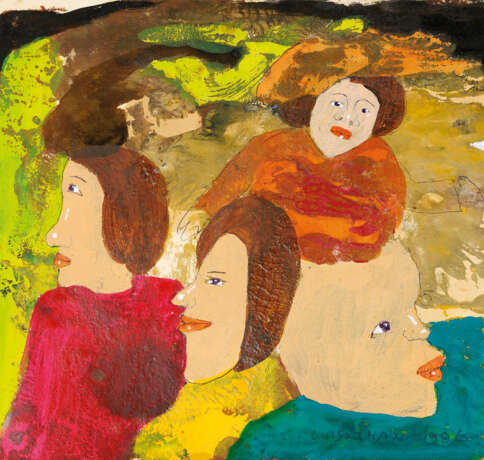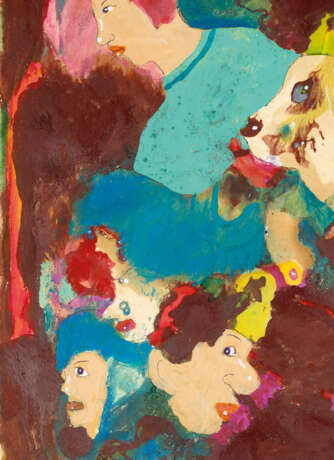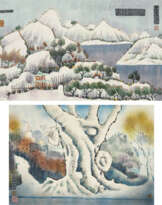ID 770098
Los 1074 | LUIS CHAN (CHEN FUSHAN, 1905-1995)
Schätzwert
HKD 100 000 – 150 000
| Künstler: | Luis Chan (1905-1995) |
|---|
| Künstler: | Luis Chan (1905-1995) |
|---|
| Adresse der Versteigerung |
CHRISTIE'S 18 Chater Road Central Hong Kong Hong Kong | ||||||||||||||
|---|---|---|---|---|---|---|---|---|---|---|---|---|---|---|---|
| Vorschau |
| ||||||||||||||
| Telefon | +85227601766 | ||||||||||||||
| Fax | +852 2760 1767 | ||||||||||||||
| Nutzungsbedingungen | Nutzungsbedingungen | ||||||||||||||
| Geschäftszeiten | Geschäftszeiten
|
